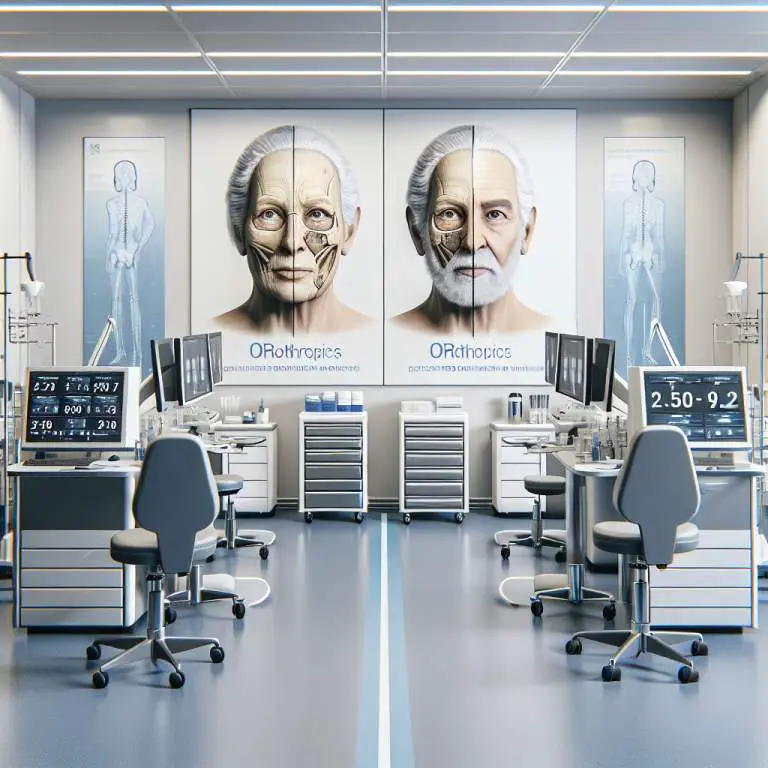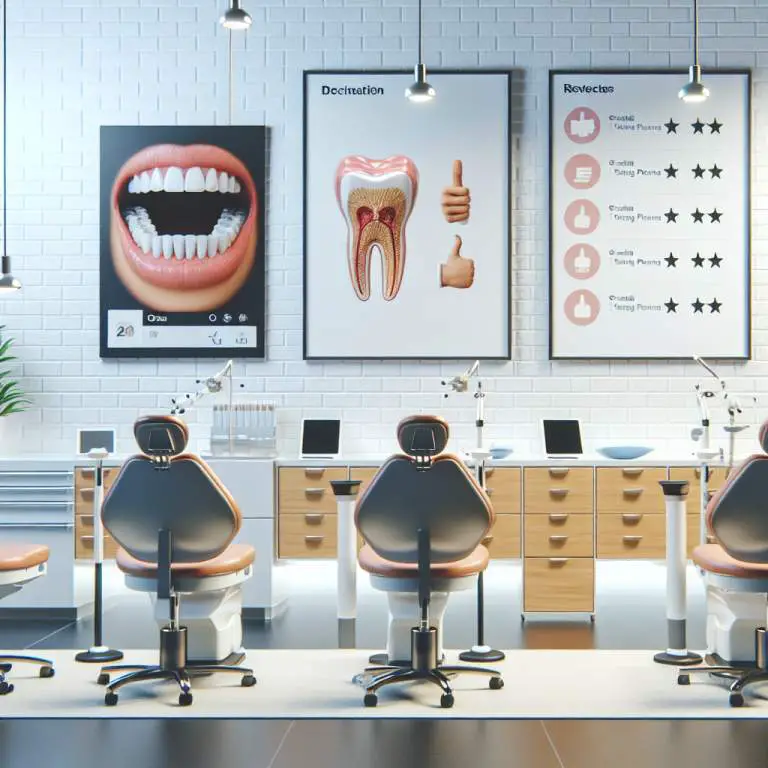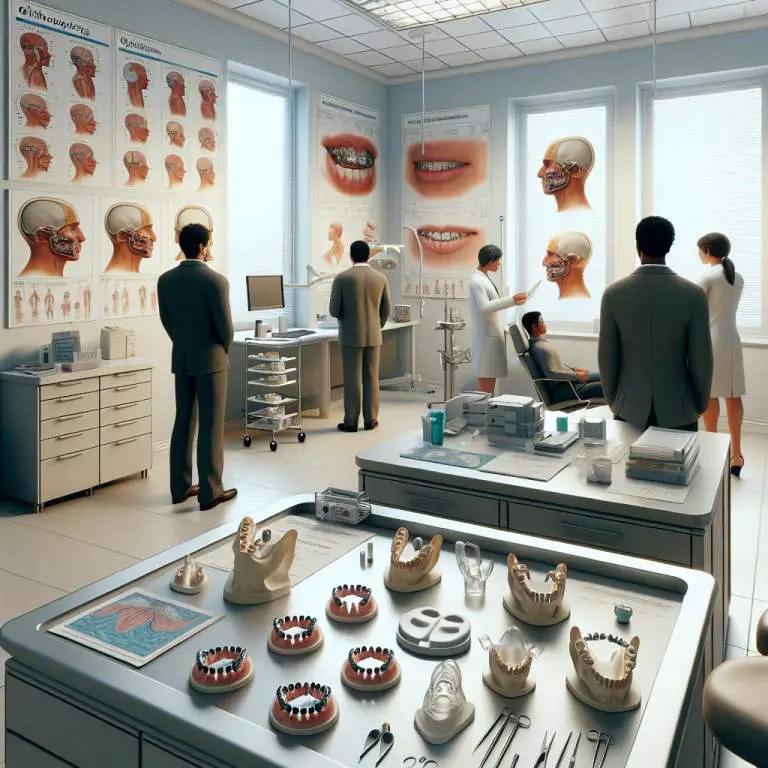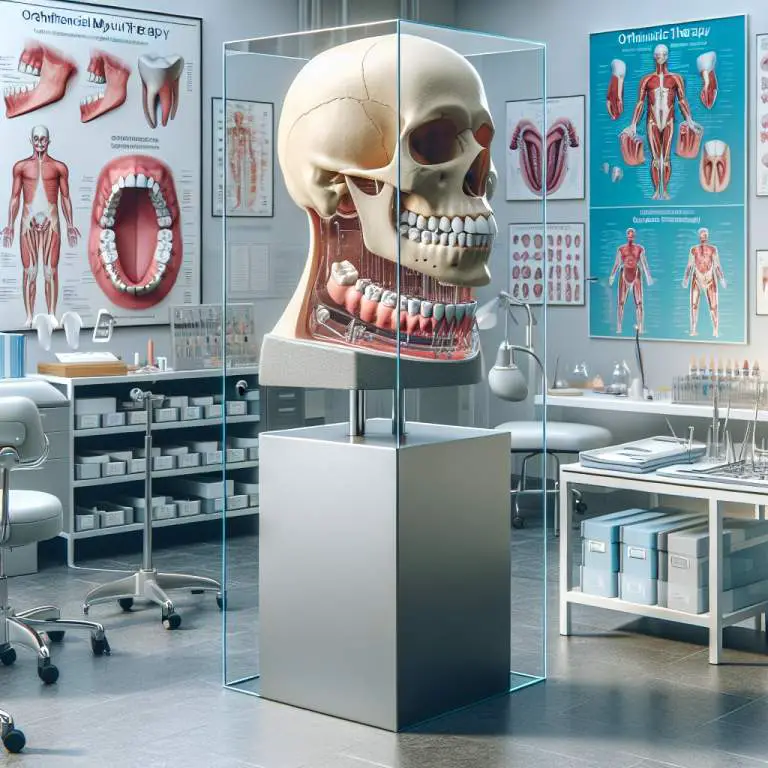Are there any documented cases of negative long-term effects from mewing?
As of now, there are no widely recognized scientific studies or documented cases that specifically report negative long-term effects from mewing. Mewing, a technique involving proper tongue posture to potentially improve facial structure, is mostly discussed in online forums and by social media influencers. However, experts caution that improper technique or excessive force could lead to jaw pain or misalignment. It’s important for individuals to approach mewing with caution and seek advice from dental professionals.
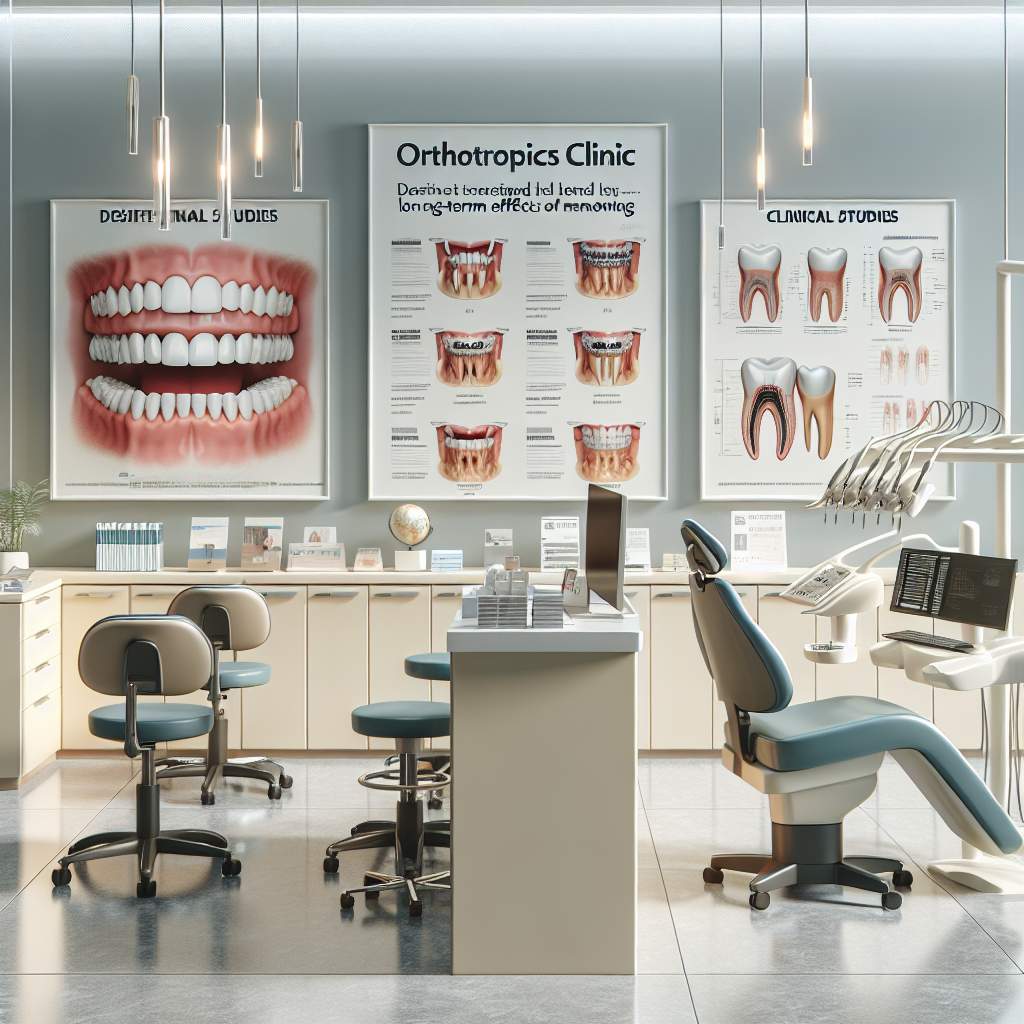
How Does Mewing Work and What Are Its Purported Benefits?
Mewing is a technique that involves placing your tongue against the roof of your mouth. This position is supposed to be held as often as possible. The idea is that by doing this, you can change the shape of your face and jawline over time.
People who support mewing say it can lead to a more defined jawline, better breathing, and improved posture. They believe that by training your tongue to rest in a certain position, you can influence the bones in your face and jaw. This could make your face look better and help with some health issues.
What Scientific Evidence Supports the Effectiveness of Mewing?
When it comes to scientific proof, there isn’t a lot out there about mewing. Some studies suggest that proper tongue posture can have benefits for breathing and sleep apnea. However, these studies don’t directly prove all the claims made about mewing.
Experts in orthodontics and facial development have mixed opinions on mewing. While some agree that tongue posture is important, they also say more research is needed. So far, there’s no solid evidence that mewing can dramatically change an adult’s facial structure.
Are There Any Documented Cases of Negative Long-Term Effects From Mewing?
Finding documented cases of negative effects from mewing is hard because not many scientific studies have looked into it. However, some people online have shared their experiences where they didn’t see any benefits or felt worse after trying mewing.
Without much research, it’s tough to say if these cases are directly caused by mewing or if other factors are at play. It’s always best to be cautious and consult with a healthcare professional before trying techniques like mewing, especially if you’re hoping for significant changes.
Can Mewing Cause Jaw Pain or TMJ Disorders?
Jaw pain or temporomandibular joint (TMJ) disorders involve discomfort around the jaw area and can be quite painful. Some people worry that practicing mewing incorrectly could lead to these issues because it puts pressure on the jaw.
While there’s no direct evidence linking mewing to TMJ disorders or jaw pain, any repetitive or incorrect use of jaw muscles could potentially cause problems. If you start feeling pain while trying mewing, it might be best to stop and seek advice from a dental professional.
| Study/Case | Drawback Reported | Year |
|---|---|---|
| Lack of Peer-Reviewed Evidence on Mewing | Inconclusive long-term benefits and potential for harm due to improper technique | N/A |
| Case Reports in Orthodontic Journals | Potential for developing temporomandibular joint disorder (TMJD) from incorrect mewing practice | N/A |
| User Testimonials and Online Forums | Reports of dental misalignment and bite issues from prolonged, incorrect mewing techniques | N/A |
| Orthodontic Professional Opinions | Risk of exacerbating existing dental or skeletal issues without professional guidance | N/A |
| Critical Reviews in Social Media and Blogs | Misinformation leading to unrealistic expectations and potential psychological impact from lack of results | N/A |
How Do Age and Genetics Influence the Outcomes of Mewing?
Age plays a significant role in how effective mewing can be. Younger individuals, especially those still growing, may see more noticeable changes from mewing. This is because their bones are still developing and can be more easily shaped.
Genetics also have a big impact on mewing outcomes. Some people might have a genetic predisposition that allows for more visible results from mewing. Others may find that their bone structure is less responsive to such practices due to their genetic makeup.
What Are the Common Mistakes People Make When Trying to Mew?
One common mistake is not applying consistent pressure with the tongue against the roof of the mouth. Consistency is key for seeing any potential benefits from mewing. Another mistake is focusing too much on pushing hard rather than ensuring the whole tongue is properly positioned.
People often forget about maintaining good posture while trying to mew. Proper posture supports the changes mewing aims to achieve in facial structure. Ignoring this aspect can diminish the effectiveness of the practice.
Is It Possible to Reverse the Effects of Mewing If Unwanted Changes Occur?
If someone notices unwanted changes from mewing, it might be possible to reverse these effects, especially if they are minor and addressed quickly. Stopping the practice and consulting with a dental or orthodontic professional can help assess any changes and recommend actions.
In some cases, professionals might suggest exercises or treatments that can help counteract unwanted changes caused by incorrect mewing techniques. However, it’s important to manage expectations as reversing changes completely may not always be possible depending on the extent of alterations.
Final Thoughts
Mewing has gained attention as a technique purported to improve facial aesthetics through specific tongue positioning. While age and genetics play crucial roles in determining its effectiveness, practicing correctly remains vital.
Mistakes in technique can lead to less than desirable outcomes or even necessitate professional intervention to reverse changes. As with any self-improvement method, understanding one’s own body and consulting with professionals when necessary is important for achieving safe and satisfactory results.


